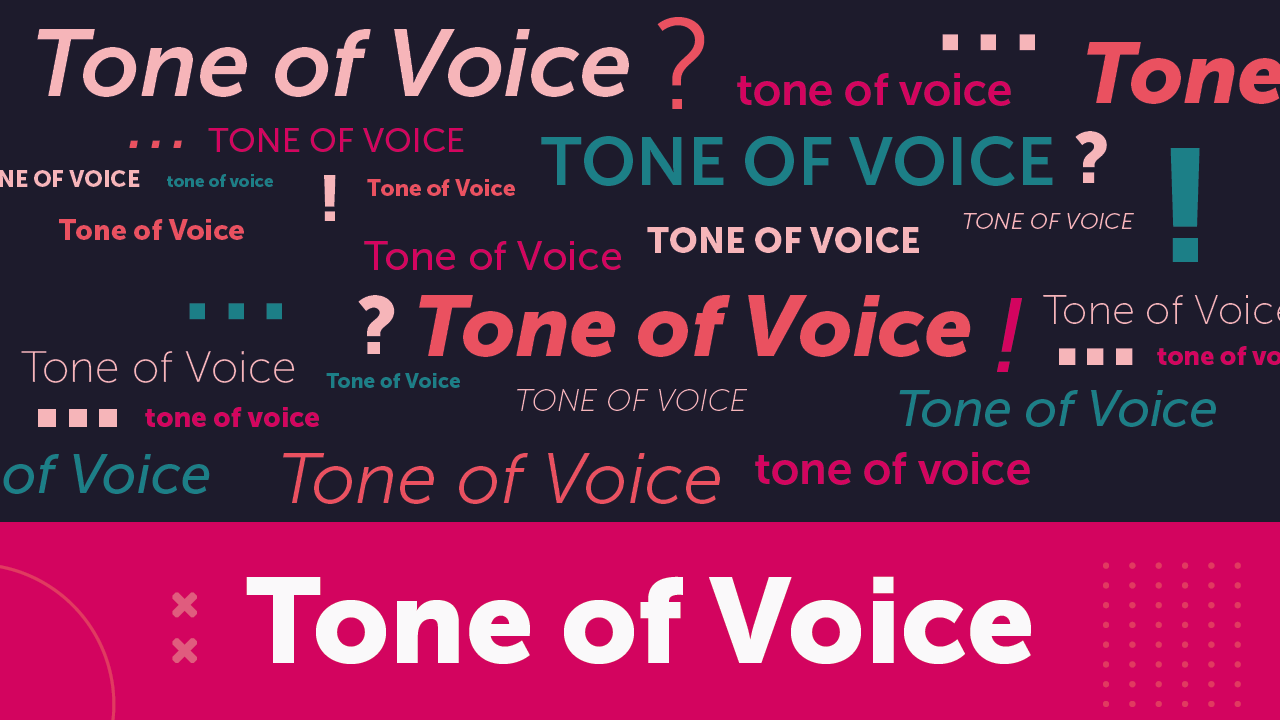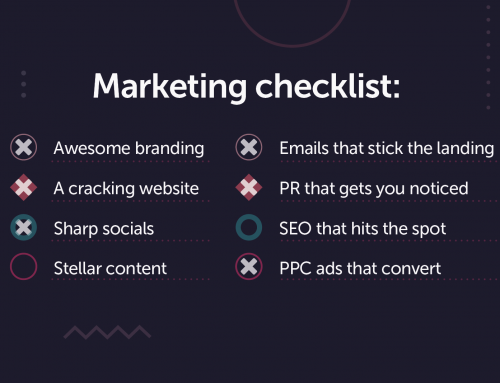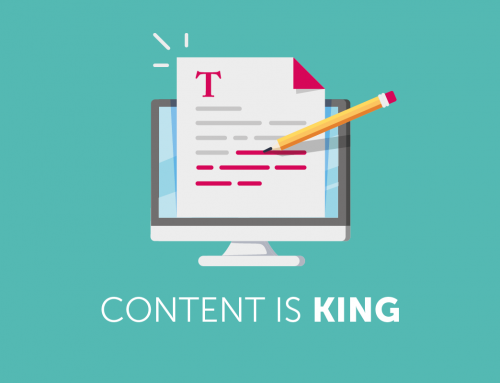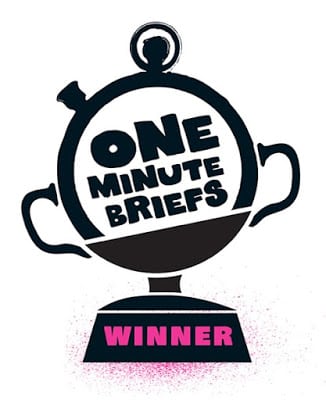
The words you choose and how you use them will create a certain ‘feeling’ to your copy — also known as your ‘tone of voice’ (TOV).
When you first start out as a business, chances are you’ll only have one person writing all your content. But as you grow, you’ll have more and more people working on your copy, meaning your TOV can quickly veer off track and lose consistency.
Consistency is key to building a strong brand, so without any guidelines to go off, things can get a little messy.
When you spell out your brand voice in a tone of voice document, you’re basically telling everyone working on your content and marketing how you talk to your customers, meaning they can apply this voice consistently across all your communications.
Are you funny or serious? Casual or formal? Cheeky or strait-laced? Optimistic or blunt? These traits will overlap and work together to create your voice: your personality.
This voice won’t change much from day to day, but your tone will shift all the time depending on who you’re talking to and the type of content you’re writing. It should never stray too far from your voice, though — you still need to sound like YOU, which is where a good set of brand guidelines comes in…
TOV guides can vary massively: some are just one short-and-sweet page, others are practically a bible. But here are a few of the things you should always include when writing up a tone of voice doc…
Audience details
The tone you use when you’re out for dinner with your best mates won’t be the same tone you adopt in a meeting room full of potential clients, so you need to read the room and ensure your tone matches your target audience (or audiences — plural).
If you have multiple audiences, make sure you clearly state how your tone may differ for each. For example, will they understand industry jargon? Will they be more responsive to a casual or formal tone?
Equally, your tone of voice needs to fit the industry you’re in. A laid-back, colloquial tone won’t cut it for financial services. People are trusting you with their hard-earned cash, so your tone needs to make them feel confident that you’ll look after it. That being said, you don’t need to be stuffy and boring.
Adjectives
Your brand guidelines describe your brand, so it goes without saying that there’ll be some adjectives dotted throughout. Choose three to five words to describe your voice (e.g., frank, creative, fun) and then give a few ‘we write like this… not like this’ examples to back them up.
It can be tricky to get a proper feel for the tone of voice with just a few words, so these examples help to give a clear idea of how to write in that tone.
Messaging tier
Your messaging tier is basically made up of one hero message and three sub-messaging pillars. You could have more sub-messages if you wanted, but the messages often get diluted the more you have.
The hero line is the overarching message that you want to get across in all the content marketing you do. The sub-messaging then drills down into the different areas of your business. For instance, you could have one message that covers your customers, one that focuses on your products and services, and one that talks about your internal team (ideal for recruitment).
Dos and don’ts
How should your company name appear? Can you shorten it? Do you use the first or third person? British English or American English?
And what’s the deal with contractions? Using them creates a more casual tone, whilst skipping them conveys a certain level of formality.
All these kinds of things should be covered in a dos and don’ts section to make sure everyone’s on the same page. Depending on how much detail you end up going into, the dos and don’ts section can end up becoming a pretty hefty chunk of your guidelines — perhaps even turning it into its own style guide.
Need help setting the tone? As a creative branding agency, Hyped Marketing can produce a complete set of brand guidelines that everyone can work from to ensure your tone of voice always stays consistent — no matter who’s working on your marketing.










